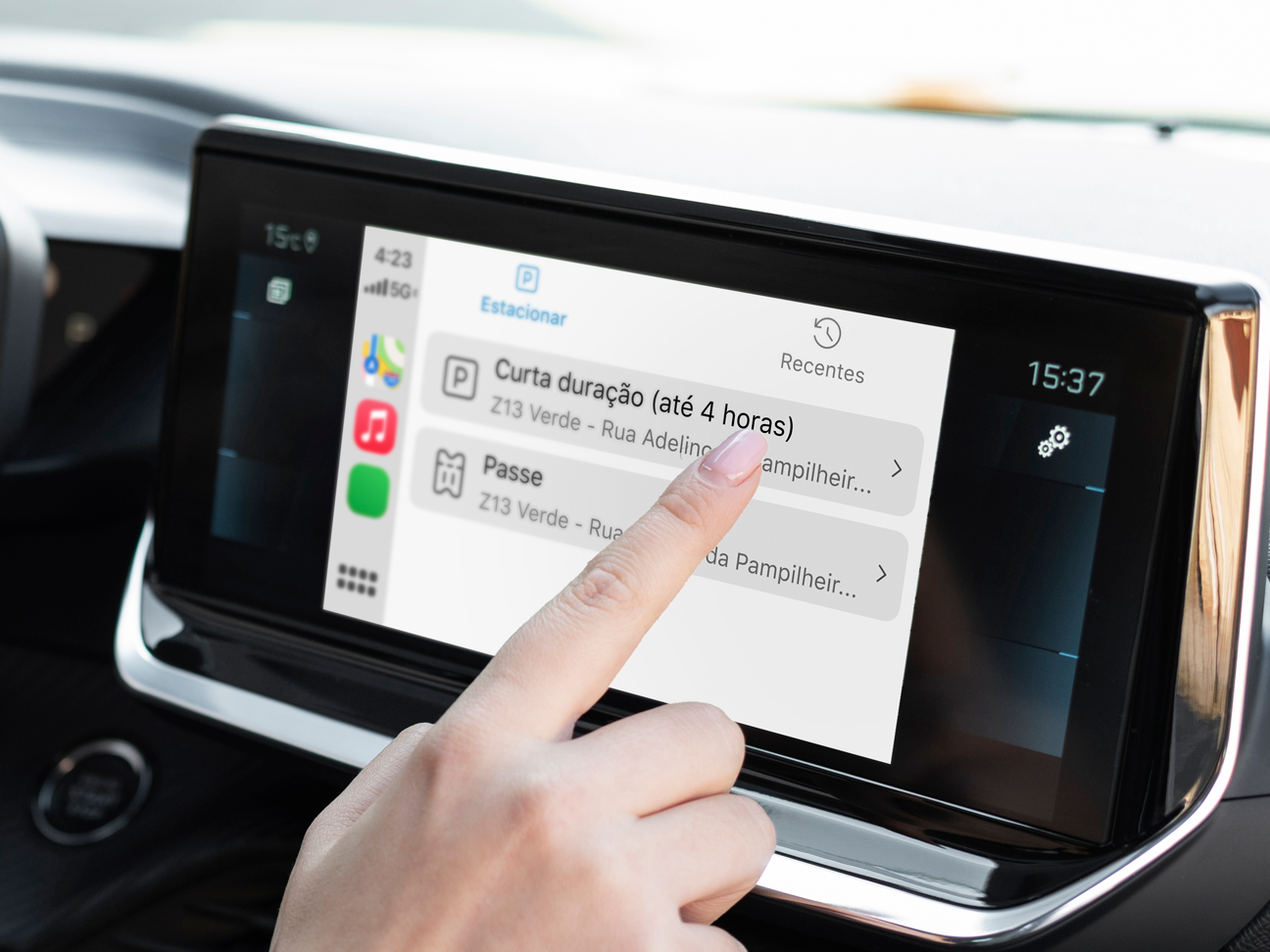Challenge
This project was run by the most prominent mobility organization in Portugal, which is accountable for the highways, tolls, and other services related to it. After acquiring an SDK, the innovation team needed support to use that resource to make a fast test building a Proof of Concept (PoC) of a feature that could measure the quality of the user’s driving.
Solution
Leveraging research from a parallel project that was being run with the same type of users, we added questions about the driving score’s subject to get as much information as possible, about the user’s perception and desirability. Through benchmarking, data collected from research, and a collaborative session, we were able to deliver the main flow to test the feasibility and viability, and also recommend valuable future improvements in case the PoC shows good results post-viability testing.
My objective
Discover how to apply and present interesting and useful score data to users, ensuring that it fits actual product flow and Design System, to be all set in case it has a good performance after PoC testing.
My role:
Product Designer
Dedicated time:
40 hours
Starting by essential discovery
I did a fast benchmarking in the product of the main player that offered a very similar product, collected data from opportune parallel research, and through a collaborative session, we decided together what would be the MVP, the main flow to test the feasibility and viability, and only then continue the work by defining and developing other attractive features we had mapped previously. We discussed prioritization with the MoSCoW method.
Benchmarking part 1 - Application mapping
Benchmarking part 2 - Feature references
Findings
The research that was been running parallelly provided us with good insights, such as the users were not interested in solely having their performance measured, they likely only would be interested in using the driving performance score if it may offer rewards, like some bonus or something like that. So we understood it would be necessary to boost the feature with gamification, it must be attractive and delightful to be more interesting than worrying for them.
The MoSCoW prioritization method was applied.
Defining what's the solution like
An SDK was the main tested resource, so by using its scope as the minimum requirement, we collaboratively defined the basic flow to build the user interface based on the Design System of the actual multiservice app. It was important and valuable to have the app’s guidelines as a parameter to leverage with existent components and screens from the app's flows and hurry up the test to validate as soon as possible the viability and be prepared for continuity.
User flow plus wireframes - Part 1
User flow plus wireframes - Part 2
Design Output
The benchmarking and research resources helped us make decisions and deliver a faster PoC, the references were valuable sources to connect the current outcome to the next steps in the best way possible, saving a lot of the company´s time.
After collaborative validation, during all steps, we got the final PoC version ready to be tested in real situations.
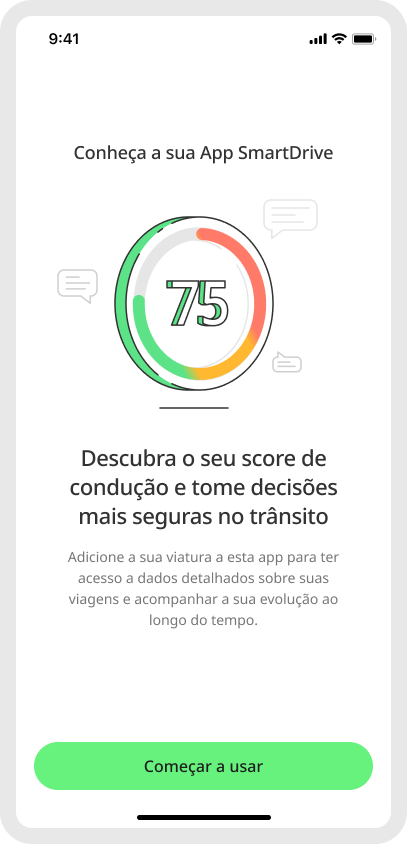


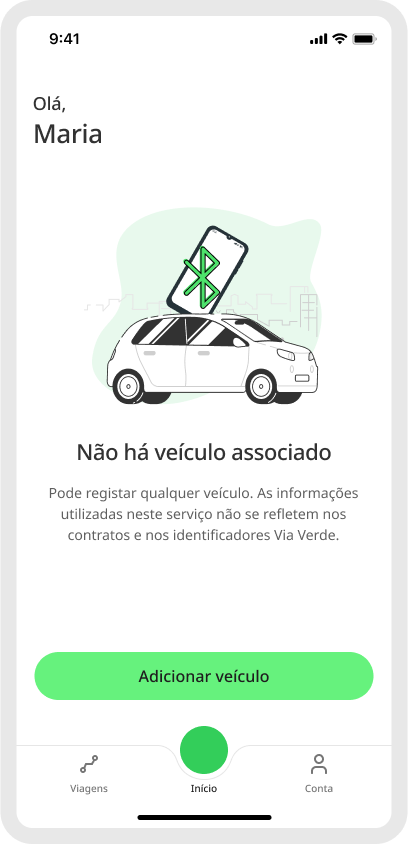
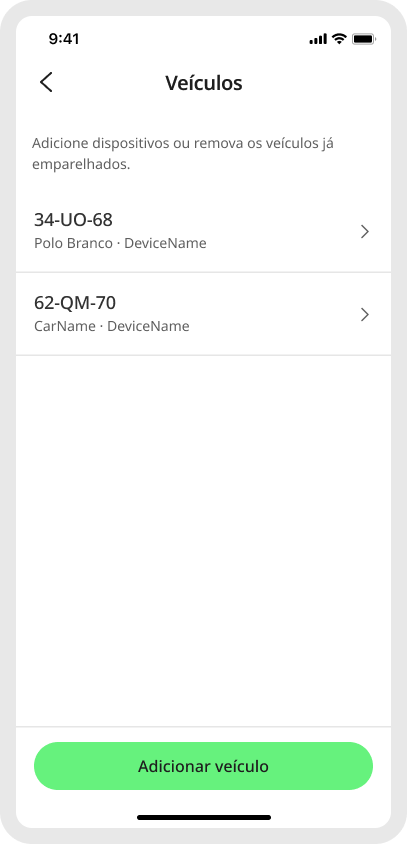

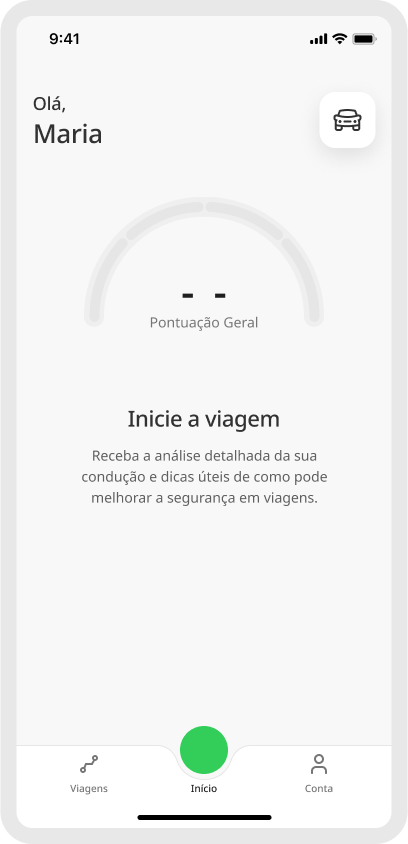
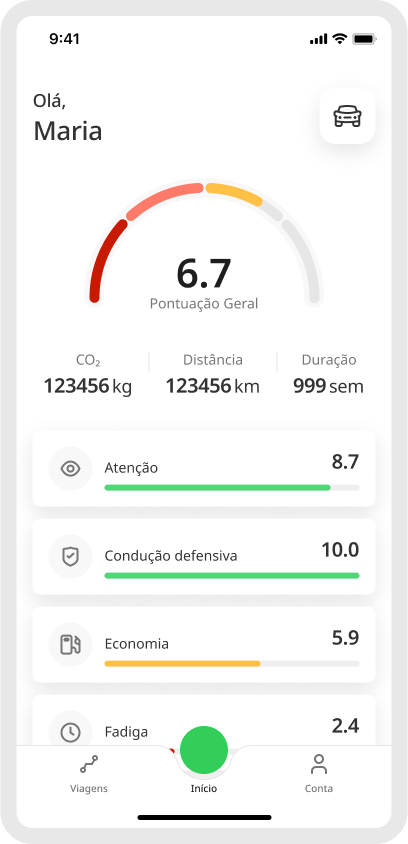
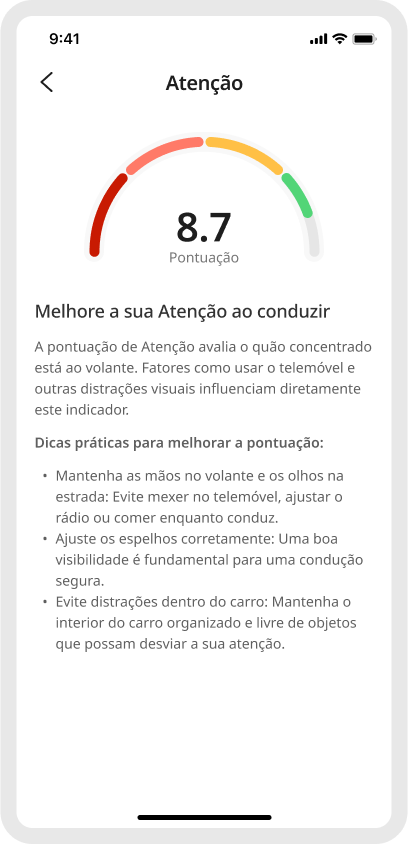
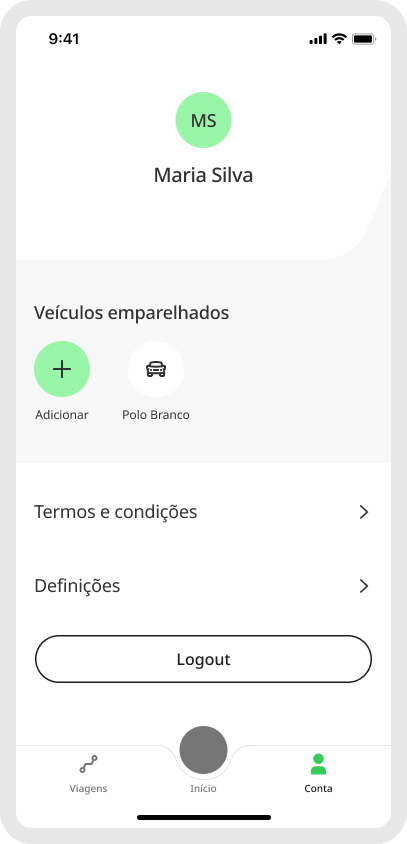
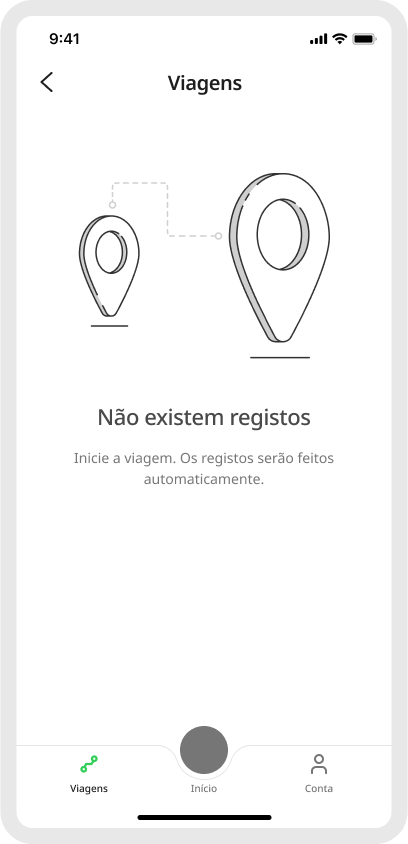

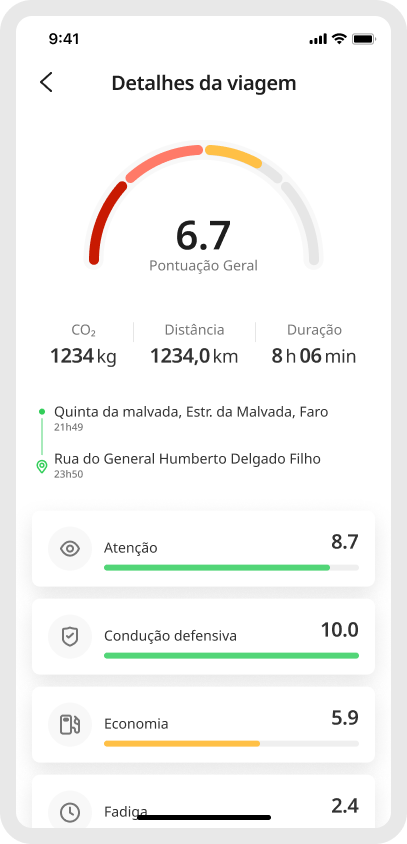
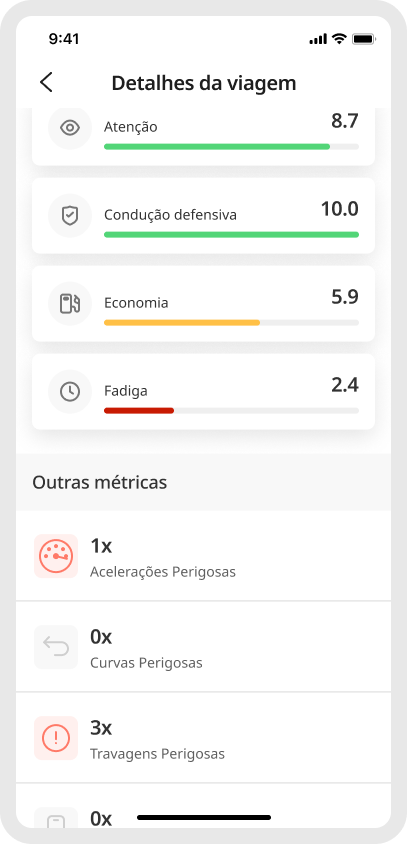
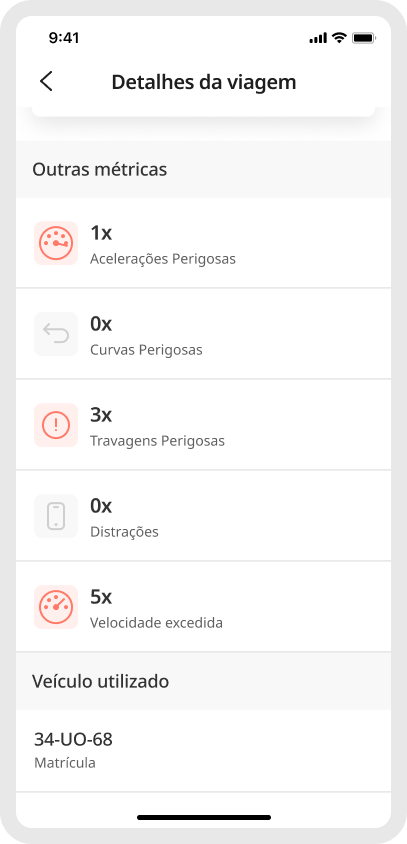
The Outcome
As a proper outcome, we delivered a good MVP UI scope in a record time and valuable recommendations to be used in the next steps, which included feature improvements with gamification ideas for consideration and complementary research to ensure that users will get into that new feature.
Learnings
By running this project in a fast-paced execution I learned quickly to adapt and pivot ideas as soon as new insights came up. I'm glad I had the opportunity to work on that PoC at the same time as I was dealing with another long-term project. It helped me to take advantage of learnings from another project to use and enhance that one.
__
Technologies:
FigJam, Figma, Microsoft Teams, Word.
Technologies:
FigJam, Figma, Microsoft Teams, Word.
__
Note: I can’t disclose detailed information about the project due to contractual restrictions.

